I am often asked for my best tip on writing authentic fight scenes and here it is: Don’t. As counterintuitive as it sounds, an authentic fight scene is not likely what your story needs or your readers want. Yes, as writers, it is our job to, as Hemingway said, “write the truth.” But I think he meant truth of the human condition not truth as in  authentic to reality. If he did mean the latter, the “Old Man and the Sea” would be an altogether different tale. Santiago, the old man, wouldn’t wrangle in a massive marlin by hand with only fishing line. He also wouldn’t have the vigor to hold on to the line and bear the weight of the skiff being dragged for three days never mind all the feats that come after.
authentic to reality. If he did mean the latter, the “Old Man and the Sea” would be an altogether different tale. Santiago, the old man, wouldn’t wrangle in a massive marlin by hand with only fishing line. He also wouldn’t have the vigor to hold on to the line and bear the weight of the skiff being dragged for three days never mind all the feats that come after.
Truth ≠ Authenticity
Truth, in writing, doesn’t require complete authenticity. Have you seen even one medical drama where the sternum of a patient cracks under the pressure of CPR chest compressions? If the person is revived, do you see them vomit from the gas trapped in their stomach? If they die, do you see them soil themselves?
No, you do not. Why do screenwriters exclude these details? Because, even though all of those are authentic to life, ask any medical professional, including them would distract us. Instead of paying attention to what is coming next, we’d be trying to unsee the scene we just saw!
Serve the Story
Authenticities do not always serve the story. In other words, they don’t make it better, they don’t keep its momentum and they don’t keep our reader on course. Serving the story is like following a navigation app. If the app included every single detail of everything you passed, it would take your focus off the details that actually get you to your destination. Only include in your story what will pull your reader to the next page because regardless of what anyone else says, there is only one rule of writing. One rule to rule them all! Keep your reader.
Fight scenes, just like any scene, must serve the story. And, more often than not, that requires a nod to believability rather than reality. Fights on the street are generally over in under thirty seconds, and that’s a generous estimate. There is seldom much talk between combatants. And, those involved, more often than not, have no training. If that authenticity serves your story, furthers the scene, brings your reader ringside to the fight and entangles them in the plot, by all means, use those true-to-life details. But if those authentic details derail your work, then you’ve traded form for function and given the spirit of the work a backseat to what most people are trying to escape by reading it: reality.
Realistic > Real
Stop worrying if your fight scene is dead on accurate to life. It doesn’t have to be real. It just has to be realistic. That said, writers, keep it realistic. In the medical dramas, we still see the CPR chest compressions, we still see the flat line and hear the monotone key of death hold its relentless tone. We are brought into the moment. We just don’t have the moment thrown all over us.
Follow natural laws in your fight scenes. Make the punches hurt and the people bleed. Have bodies hit the hard floor with a dead thud. If the physical laws of your work are supernatural, fine. Create that reality for your reader and follow those supernatural laws to a “t.” Then serve the story.
Include sensory details to put the reader at the scene of the fight. Fling a little sweat on them. Let them hear swords pierce chainmail, smell gun powder and watch bright red blood congeal into crimson tar because that is what they will remember. Trust me on this. Long after the details of the fight have faded behind the storyline, the sensory experience will stay with them. Maya Angelou said it best: people might forget what you say, but they will never forget how you made them feel.
So, good reader, struggling to write that statistically legit and authentic fight scenes even if it kills the story, I release you. Aim for believability. Go for realistic rather than reality. Your story will thank you for it. And, if you need any help, check out my WD book, Fight Write: How to Write BELIEVABLE Fight Scenes.




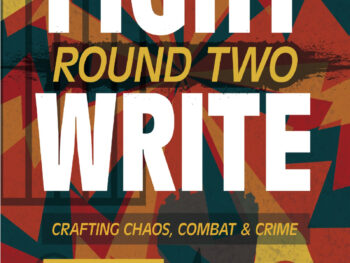


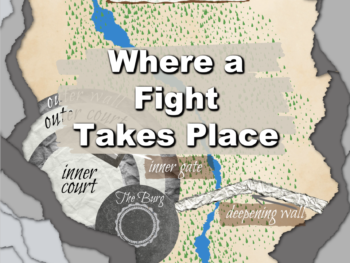
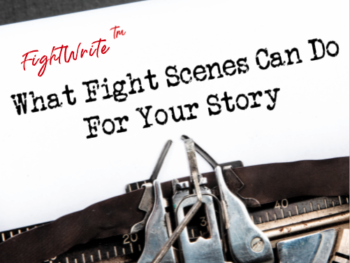

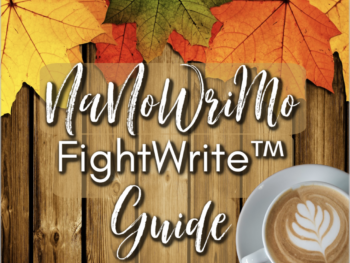
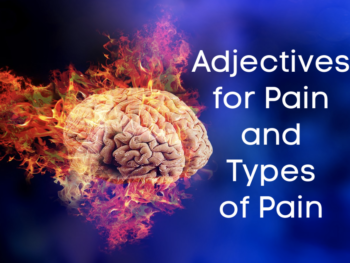
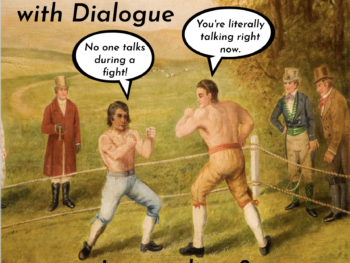
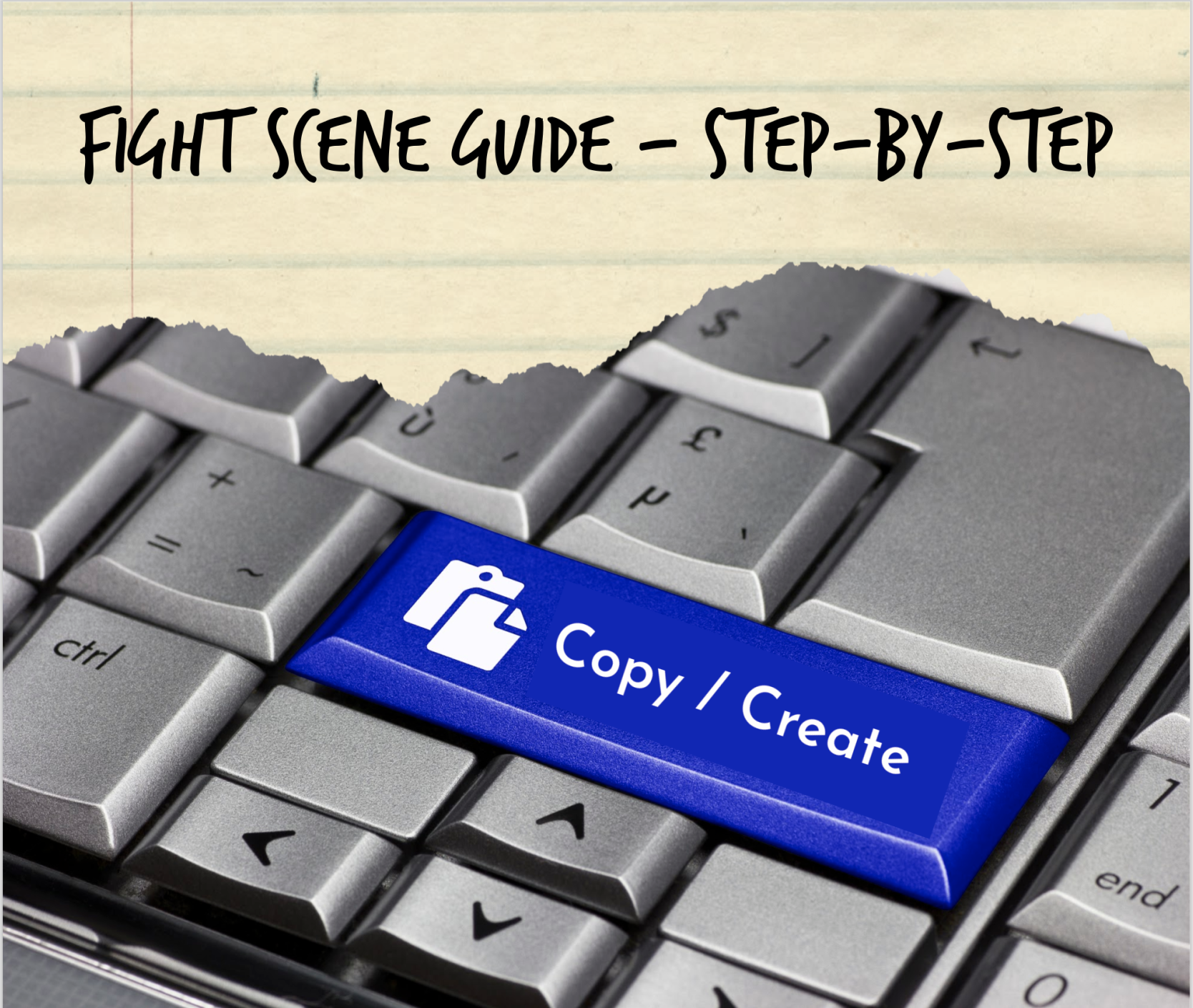
You made a few fine points there. I did a search on the theme and found the majority of folks will agree with your blog.
My husband and i ended up being very cheerful when Ervin could complete his homework from your ideas he received while using the web page. It is now and again perplexing to just find yourself freely giving procedures which usually other folks have been making money from. And now we consider we need the website owner to thank for that. The explanations you have made, the straightforward blog navigation, the relationships you aid to promote – it’s many great, and it’s aiding our son in addition to the family understand this concept is excellent, and that is exceptionally serious. Thanks for the whole thing!
Wow! Thank you! I permanently wanted to write on my blog something like that. Can I implement a part of your post to my website?
Good write-up, I¦m regular visitor of one¦s web site, maintain up the excellent operate, and It is going to be a regular visitor for a long time.
Good day I am so glad I found your weblog, I really found you by error, while I was looking on Google for something else, Anyways I am here now and would just like to say many thanks for a tremendous post and a all round exciting blog (I also love the theme/design), I don’t have time to browse it all at the moment but I have book-marked it and also added your RSS feeds, so when I have time I will be back to read more, Please do keep up the great job.
Very interesting topic, thanks for putting up.
I like this post, enjoyed this one thanks for putting up.
I am not positive where you are getting your info, however great topic. I needs to spend some time learning much more or figuring out more. Thanks for excellent information I used to be on the lookout for this info for my mission.
This design is wicked! You certainly know how to keep a reader entertained. Between your wit and your videos, I was almost moved to start my own blog (well, almost…HaHa!) Fantastic job. I really enjoyed what you had to say, and more than that, how you presented it. Too cool!
You completed several nice points there. I did a search on the issue and found nearly all folks will go along with with your blog.
It’s really a great and useful piece of information. I am glad that you shared this helpful info with us. Please keep us informed like this. Thanks for sharing.
Very interesting subject, appreciate it for putting up. “Ok. Sex is fine. Sex is good. Sex is GREAT Okay, okay, we need men for sex… Do we need so many” by Sybil Adelman.
Your house is valueble for me. Thanks!…
You are my aspiration, I possess few web logs and infrequently run out from to post .
Really nice pattern and wonderful content, very little else we need : D.
Wow! Thank you! I continually needed to write on my blog something like that. Can I include a fragment of your post to my website?
Loving the info on this website , you have done great job on the articles.
What i don’t realize is if truth be told how you’re now not actually a lot more neatly-preferred than you may be now. You are so intelligent. You recognize thus considerably in relation to this topic, produced me in my opinion consider it from a lot of numerous angles. Its like women and men are not interested except it is something to do with Lady gaga! Your personal stuffs excellent. At all times deal with it up!
Spot on with this write-up, I really think this web site needs way more consideration. I’ll probably be again to learn rather more, thanks for that info.
Hiya, I am really glad I have found this information. Nowadays bloggers publish only about gossips and web and this is really annoying. A good site with exciting content, that is what I need. Thank you for keeping this web site, I will be visiting it. Do you do newsletters? Can’t find it.
I got good info from your blog
I savor, cause I found just what I used to be looking for. You’ve ended my 4 day long hunt! God Bless you man. Have a nice day. Bye
Perfectly indited subject material, Really enjoyed examining.
I love your blog.. very nice colors & theme. Did you make this website yourself or did you hire someone to do it for you? Plz answer back as I’m looking to create my own blog and would like to know where u got this from. thanks a lot
I’m impressed, I must say. Really not often do I encounter a blog that’s both educative and entertaining, and let me tell you, you have got hit the nail on the head. Your thought is outstanding; the difficulty is one thing that not enough individuals are talking intelligently about. I am very comfortable that I stumbled throughout this in my search for something regarding this.
I absolutely love your blog and find nearly all of your post’s to be precisely what I’m looking for. Does one offer guest writers to write content for you personally? I wouldn’t mind writing a post or elaborating on a few of the subjects you write about here. Again, awesome web log!
I would like to thnkx for the efforts you’ve put in writing this web site. I am hoping the same high-grade blog post from you in the upcoming also. Actually your creative writing abilities has inspired me to get my own web site now. Really the blogging is spreading its wings quickly. Your write up is a good example of it.
I believe other website proprietors should take this site as an example , very clean and good user friendly layout.